Great potential for exporting products from agricultural by-products
 |
How do you evaluate the potential of using by-products in agricultural production fields today?
In recent years, Vietnam's agriculture sector has made a strong transformation. Agricultural production is market-oriented, bringing high quality and added value to producers. However, the agricultural production process also generates a large amount of waste and by-products, if not managed properly, they will pollute the environment and waste organic matter.
If this resource is exploited and used well, it will not only bring economic efficiency but also contribute to environmental protection and reduce greenhouse gas emissions.
It is estimated that the total amount of agricultural by-products in Vietnam is nearly 160 million tons. In which, about 90 million tons of post-harvest by-products from crops, from the processing of agricultural products of the cultivation industry (accounting for 56.2%); 62 million tons of cattle and poultry manure from the livestock industry (accounting for 38.7%); 6 million tons from the forestry sector (accounting for 3.7%) and about 1 million tons from the fisheries sector (0.6%). These numbers show the valuable potential of agricultural by-products.
How have agricultural by-products been used, Sir?
In recent years, agricultural waste and by-products are gradually becoming a real resource and an important input for the production of many other fields.
Cultivation by-products are used in the production of pellets, industrial alcohol, biomass power generation, livestock biological pads, organic fertilizers. Livestock waste is managed in many ways, including composting, treatment with microbial products, biogas works and direct use of fresh manure as fertilizer.
Besides, meat and bone meal, meat meal, poultry meal, feather meal and animal fat are the main products of the processing industry. Slaughter by-products have also started to be used to produce animal feed.
About 90% of seafood processing by-products have been collected and processed into valuable products for feed production, processed into products with higher value such as collagen or some instant food.
According to some opinions, currently, many models of using agricultural by-products as renewable resources really bring high value, not only serving the domestic market but also promoting exports. Could you please tell me more about this aspect?
From the practice of agricultural, forestry and fishery production and business of farmers, cooperatives and enterprises have been many very good models applying the principles of the circular economy associated with green growth, using by-products in agriculture, forestry and fishery as renewable resources.
For example, some cooperatives and farming households have treated rice straw in the field into biological products to use as fertilizer instead of buying NPK fertilizer; using suitable ethanol production materials from sugarcane, molasses, and cassava residues.
The average ethanol yield ranges from 2,100-2,600 liters per ha of arable land depending on the type of crop. Biofuel production sources including starch and molasses have a total output of about 87 million liters per year, equivalent to 57.4 million tons of crude oil. Agricultural by-products are processed into pellets of animal feed. These export items bring very high value, about US$1-5 per kg.
In the seafood sector, many companies process by-products into high-value products. For example, Vinh Hoan Joint Stock Company, Vietnam Food Joint Stock Company (VNF) and Sao Mai Joint Stock Company have invested in modern technology to process seafood by-products into fish meal - raw materials for food animal feed, collagen and gelatin from pangasius skin, pangasius skin snacks, cooking oil from pangasius fat, hydrolyzed protein from pangasius. These materials are consumed domestically and exported.
Currently, the seafood by-product processing industry in our country only reached about US$275 million in 2020, but if the by-products of nearly 1 million tons of the seafood industry are fully exploited with high technologies, they can earn a great value with US$4-5 billion.
What direction will the Ministry of Agriculture and Rural Development give to support and promote the effective use of agricultural by-products, Sir?
Although certain results have been achieved, it can be seen that the current use and processing of agricultural waste and by-products are still not synchronized, and efficient, huge waste, has not yet created high-value-added products, and has not built a reputable brand in the global market.
In order to promote the value of agricultural by-products, the Ministry of Agriculture and Rural Development will continue to direct the implementation of good models of agricultural practices, organic agriculture, and circular agriculture associated with agricultural and rural tourism development; training and development of human resources with skills to meet the requirements of enterprises, cooperatives, and farming households in the application of organic, circular and ecological agriculture.
In the immediate future, the Ministry of Agriculture and Rural Development will direct and assign the National Centre for Agricultural Extension, the Science and Technology Program to serve in the construction of new rural areas, and functional units of the Ministry to develop programs and integrate them into production plans on transferring science and technology related to organic agriculture and circular agriculture to production households, farms, cooperative groups, cooperatives and enterprises.
Based on production requirements and practical guidance, the Ministry will study, advise and propose to the Government mechanisms and policies to encourage the promotion of the circular economy in agriculture, including solutions related to the efficient use of agricultural by-products and renewable resources.
Thank Sir!
Related News

Exchange rate risks need attention in near future
16:31 | 15/02/2025 Import-Export
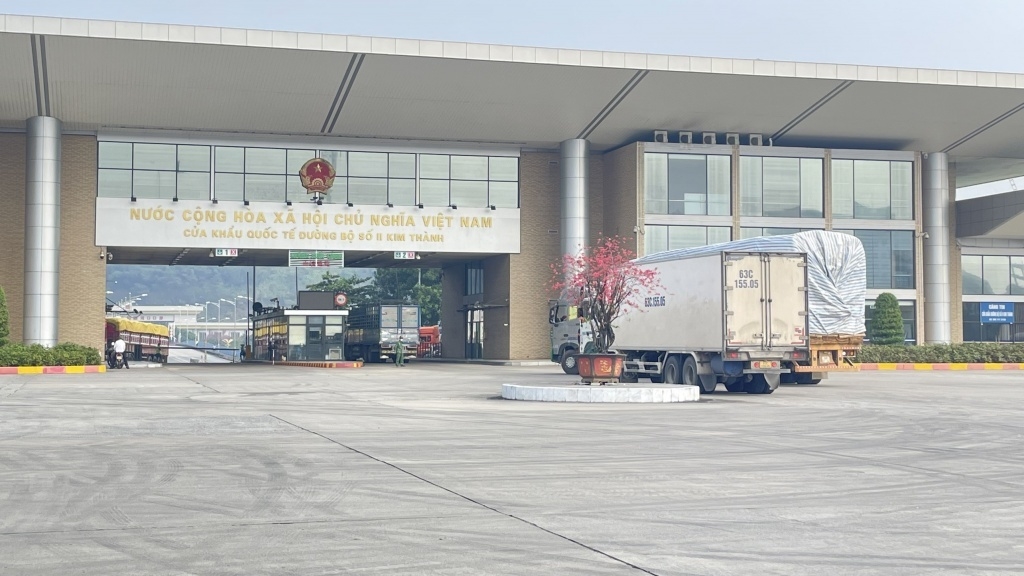
Import and export turnover reaches about US$29 billion in the second half of January 2025
14:52 | 14/02/2025 Import-Export
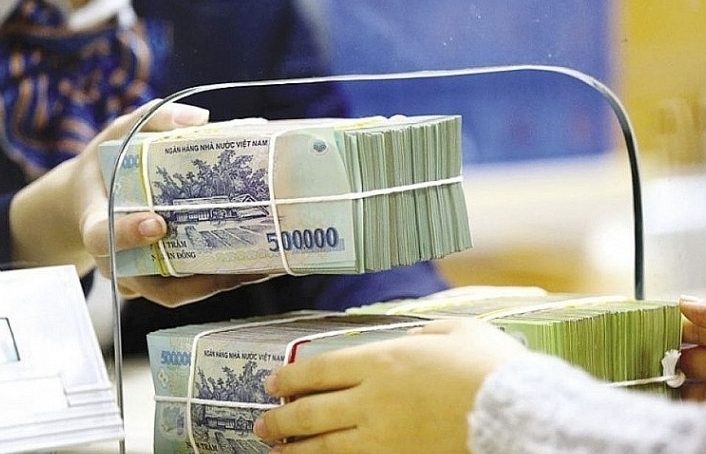
State revenue in first month of the year equal to 14% of the estimate
10:12 | 11/02/2025 Finance
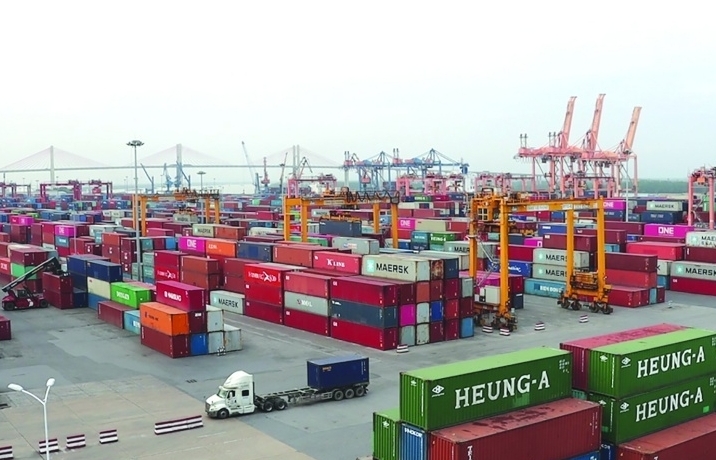
Hai Phong Customs processes more than 1,500 declarations during 2025 Lunar New Year holiday
14:09 | 05/02/2025 Customs
Latest News

Embracing green exports: a pathway to enter global supply chains
10:33 | 20/02/2025 Import-Export
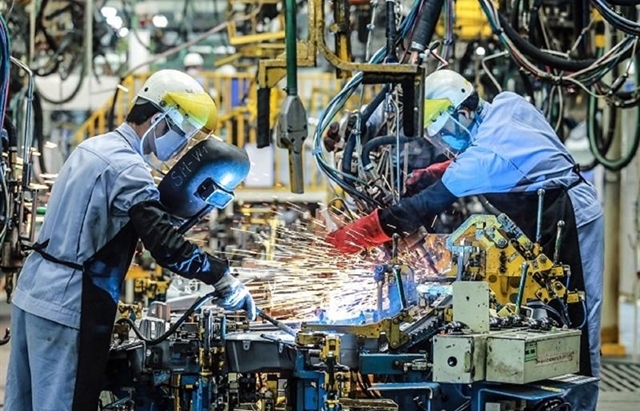
New policy proposed to prevent transfer pricing, tax evasion of FDI enterprises
10:32 | 20/02/2025 Import-Export
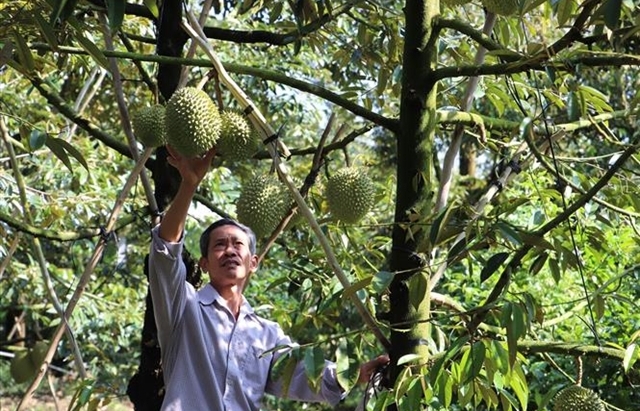
Việt Nam’s durian exports to China plummet by 80%
16:18 | 19/02/2025 Import-Export
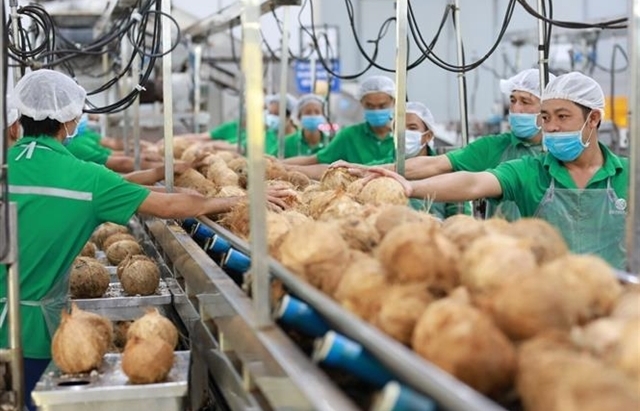
Coconut exports reach 14-year high
15:29 | 18/02/2025 Import-Export
More News

Shrimp exports grow in the first month of 2025
15:28 | 18/02/2025 Import-Export
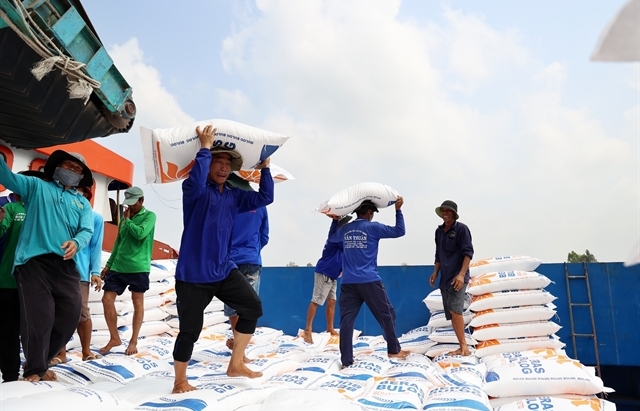
Rice export prices drop, but decline expected to be short-term
08:10 | 17/02/2025 Import-Export
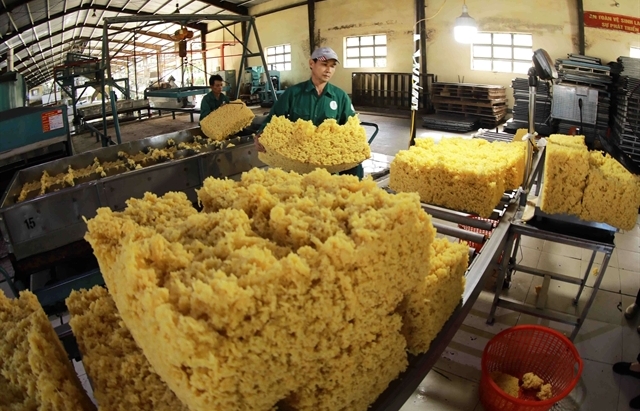
Key agro products expected to maintain export growth this year
08:08 | 17/02/2025 Import-Export
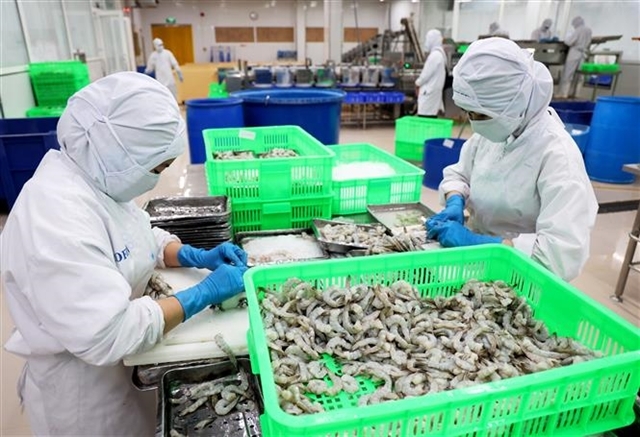
EU issues 12 warnings against Việt Nam’s food and agricultural exports
08:07 | 17/02/2025 Import-Export
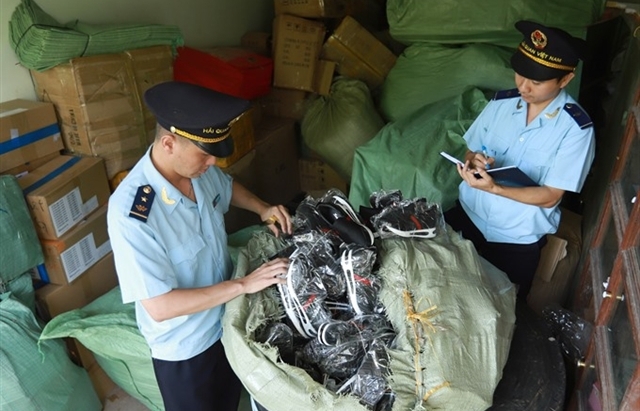
Việt Nam to impose VAT on low-value express-imported goods
08:06 | 17/02/2025 Import-Export
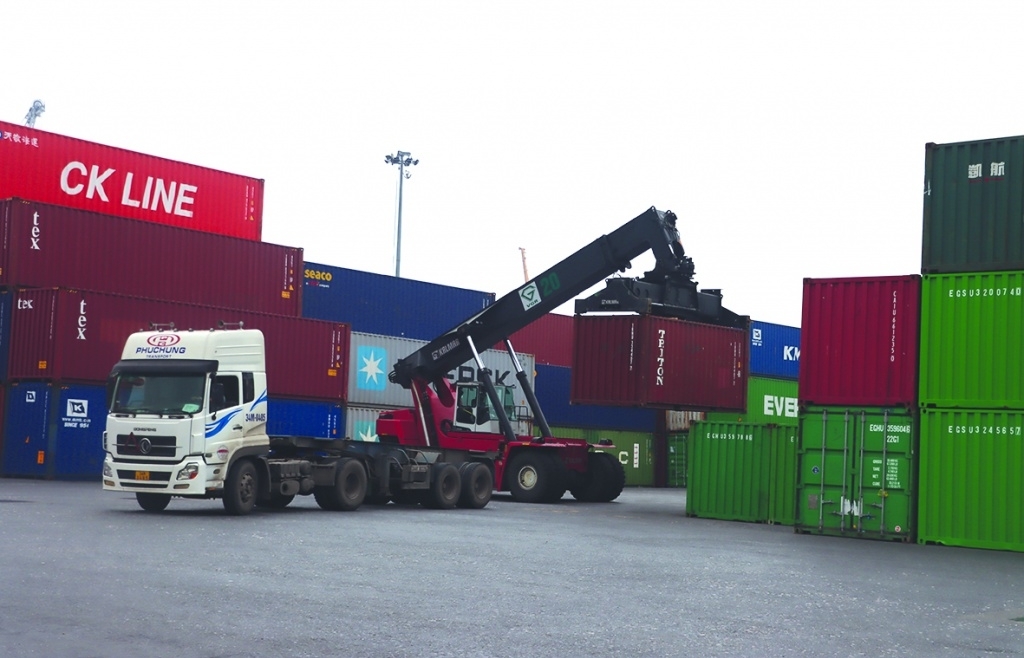
Vietnam kicked off the year with a strong start in trade, exceeding US$63 billion in the first month
16:30 | 15/02/2025 Import-Export

Market edges up slightly as liquidity remains low
14:48 | 14/02/2025 Import-Export

Business regulations must be trimmed for development of enterprises: Experts
14:46 | 14/02/2025 Import-Export

Vietnam's agricultural product exports shine in 2024
14:44 | 14/02/2025 Import-Export
Your care
The system has not recorded your reading habits.
Please Login/Register so that the system can provide articles according to your reading needs.

Embracing green exports: a pathway to enter global supply chains
10:33 | 20/02/2025 Import-Export

New policy proposed to prevent transfer pricing, tax evasion of FDI enterprises
10:32 | 20/02/2025 Import-Export

Việt Nam’s durian exports to China plummet by 80%
16:18 | 19/02/2025 Import-Export

Coconut exports reach 14-year high
15:29 | 18/02/2025 Import-Export
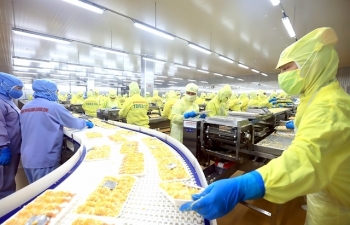
Shrimp exports grow in the first month of 2025
15:28 | 18/02/2025 Import-Export
